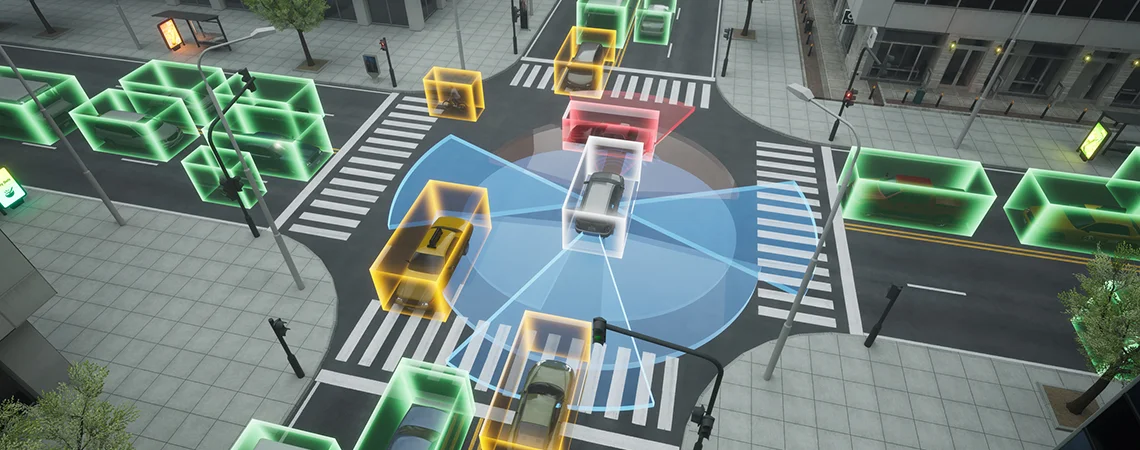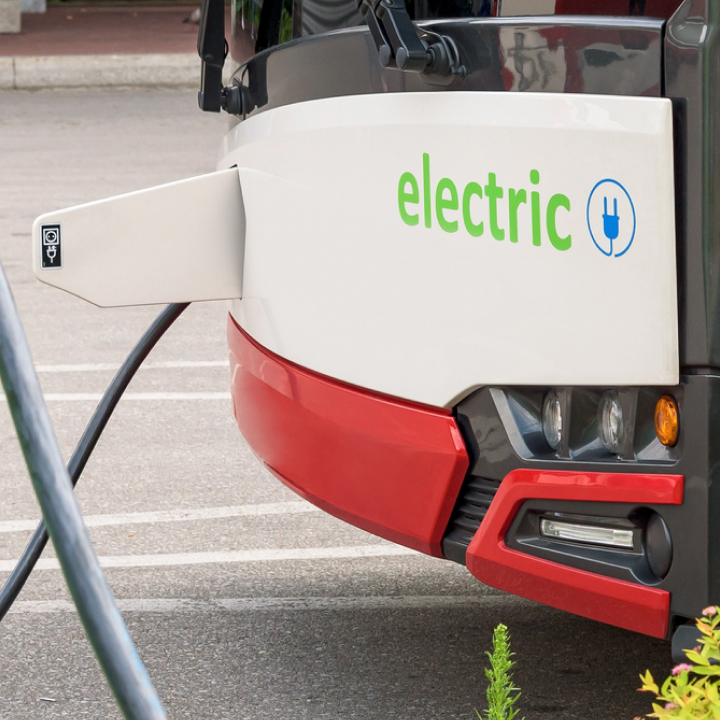Road safety: evergreen tips for safe driving
In the traffic we have become accustomed to (though perhaps never get used to), road safety is the number one priority.
It sounds strange, but classic prudent driving tips, such as obeying speed limits, avoiding phone use while driving and always wearing a seatbelt, remain as relevant as ever. It is the least we can do for our own safety and the safety of others.
Then there is technology, which for decades has been providing us with systems that over time are revolutionizing road safety, among which Advanced Driver Assistance Systems (ADAS) stand out for their widespread use.
What are advanced driver assistance systems (ADAS) and how do they work?
ADAS are a set of technologies built into vehicles to improve road safety and facilitate safe driving. Over time they have proven so effective that as of July this year some of them will be mandatorily installed in new cars for sale.
They can use sensors, cameras and radar to collect data about the surrounding space and assist the driver in various situations. Here are some of the main ADAS systems:
Blind spot monitoring system (BSM):
It is designed to improve driver awareness. Using sensors located on the rearview mirrors and bumper, this system alerts the driver to the presence of vehicles in areas not directly visible, reducing the risk of collisions during lane changes.
Automatic emergency braking (AEB) system:
Uses sensors to detect obstacles or approaching vehicles and automatically intervenes to brake the vehicle if the driver does not respond in time. It is critical to avoid or reduce the consequences of accidents due to distraction or poor reaction time.
Automatic Cruise Control (ACC):
It is also called Adaptive Cruise Control because it adapts vehicle speed based on the flow of surrounding traffic. Using sensors, the system can maintain a safe distance from other vehicles to reduce the risk of collisions and improve traffic flow.
Parking assistance:
This system uses proximity sensors to facilitate parking. Some models even offer fully automatic parking, greatly simplifying this often delicate task.
The Future of Road Safety: from the use of artificial intelligence to autonomous vehicles.
If ADAS are already an important step toward safer driving, let’s prepare for an even more innovative future with the introduction of artificial intelligence.
Artificial intelligence for predictive driving
In addition to replacing the standard voice assistant – as was announced by a major automaker during CES in Las Vegas-artificial intelligence will be able to analyze data from sensors and cameras to anticipate potentially dangerous situations. This will allow the vehicle to adapt its driving in real time, improving accident prevention and overall safety.
Autonomous driving
Already today, with varying levels of autonomy and in specific contexts, autonomous driving is a reality. One of the conceivable scenarios is that in the not-too-distant future, as this technology advances, vehicles will be able to move without human intervention, minimizing the risk of human error and with an unprecedented level of safety.
But let’s go step by step: before any technological help, caution remains the safety system never to be forgotten.



